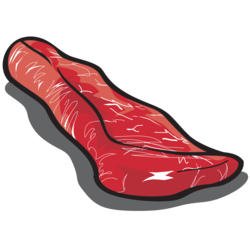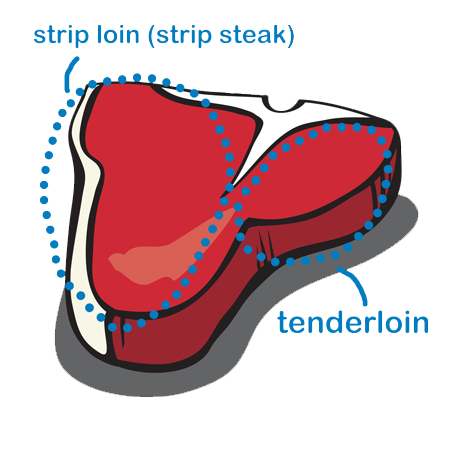
When it comes to selecting cuts of beef, the classics like ribeye, sirloin, and filet mignon often dominate the spotlight. However, there’s an unsung hero in the butcher’s shop that deserves more attention: the beef flank. Often overlooked in favor of more glamorous cuts, beef flank offers a unique combination of flavor, texture, and versatility that makes it a worthwhile addition to any culinary repertoire.
What is Beef Flank?
The beef flank cut comes from the abdominal muscles of the cow, situated just below the loin and in front of the hind legs. It’s a long, flat cut of meat with distinct muscle grain running along its length. Because the flank is a hardworking muscle, it tends to be lean and somewhat tough compared to other cuts, but with proper preparation, it can be exceptionally tender and flavorful.
Why is it Underrated?
One reason beef flank is often overlooked is its tougher texture, which can be intimidating for cooks unfamiliar with how to handle it. Additionally, it lacks the marbling of fat found in more popular cuts, which can lead to the misconception that it is less flavorful or difficult to cook. However, these challenges can be easily overcome with the right techniques, revealing a cut that is both delicious and economical.
The Flavor Profile
Beef flank is prized for its rich, beefy flavor. Unlike more tender cuts that can sometimes be overshadowed by heavy seasonings or sauces, flank steak stands up well to bold flavors. Its robust taste makes it ideal for marinades, which can help to both tenderize the meat and infuse it with additional layers of flavor. Popular marinade ingredients include soy sauce, citrus juices, garlic, and various herbs and spices.
Cooking Techniques
The key to unlocking the potential of beef flank lies in the preparation and cooking methods. Here are some tips to make the most of this underrated cut:
- Marinating: A good marinade can work wonders on flank steak, helping to break down the muscle fibers and add moisture. Allow the meat to marinate for at least a few hours, but preferably overnight, in the refrigerator.
- Quick Cooking: Because it is a lean cut, flank steak benefits from quick cooking methods like grilling, broiling, or pan-searing. Cooking it too long can result in a dry, tough texture. Aim for medium-rare to medium doneness for the best results.
- Slicing Against the Grain: One of the most important steps when serving flank steak is to slice it thinly against the grain. This means cutting perpendicular to the direction of the muscle fibers, which shortens them and makes the meat much more tender and enjoyable to eat.
Versatility in the Kitchen
Beef flank’s adaptability makes it suitable for a wide range of dishes. It can be grilled and served as a main course, sliced and added to salads, or used in stir-fries and fajitas. Its strong flavor and texture also make it an excellent candidate for dishes that require marinated or seasoned beef.
- Grilled Flank Steak: A classic preparation, grilled flank steak is perfect for summer barbecues. Simply marinate, grill to desired doneness, let it rest, and slice thinly against the grain.
- Stir-Fry: Thinly sliced flank steak cooks quickly in a hot wok or skillet, making it ideal for stir-fry dishes. Pair it with your favorite vegetables and a savory sauce for a quick and satisfying meal.
- Fajitas: Flank steak is a staple in fajitas. Its bold flavor pairs perfectly with bell peppers, onions, and warm tortillas.
- Salads: Add slices of cooked flank steak to salads for a protein-packed meal. Its hearty flavor complements greens, tomatoes, avocados, and a tangy vinaigrette.
Conclusion
Beef flank is an underrated cut that deserves more recognition for its robust flavor and culinary versatility. With the right preparation and cooking techniques, it can be transformed into a tender and delicious component of many dishes. Next time you’re at the butcher’s shop, consider giving beef flank a try—it’s a cut that might just surprise you with its potential.





